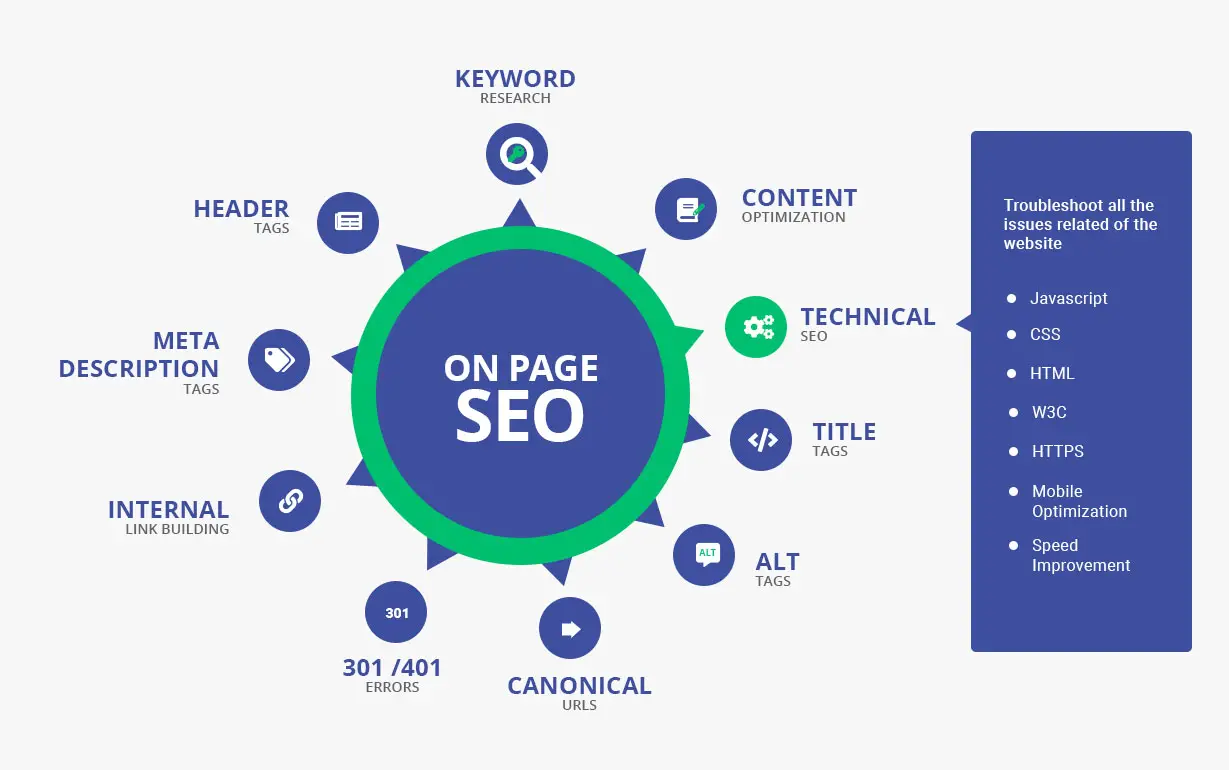Role of CDN in Modern SEO Practices

Content Delivery Networks (CDNs) play a pivotal role in modern SEO practices by enhancing website speed, reliability, and accessibility. Here’s how CDNs contribute to SEO:

1. Improved Page Speed:
CDNs store copies of website content on servers located in multiple geographic regions. When a user requests a website, it is served from the nearest server, significantly reducing load time and improving user experience. Fast-loading websites enhance SEO rankings as Google prioritizes websites that provide a seamless browsing experience.
2. Enhanced Reliability:
CDNs provide redundancy by distributing website content across multiple servers. If one server experiences an outage, the website remains accessible from other servers, ensuring uninterrupted user access and search engine visibility. This reliability contributes to website stability and improves SEO.
3. Increased Accessibility:
CDNs serve website content from geographically distributed servers, making it more accessible to users from different locations. By reducing latency and minimizing geographic barriers, CDNs improve user accessibility and search engine visibility.
4. Reduced Bounce Rates:
Fast-loading websites reduce bounce rates as users are less likely to abandon a slow-loading page. CDNs help websites load quickly, minimizing bounce rates and improving SEO performance.
5. Enhanced Security:
CDNs often incorporate security measures to protect websites from DDoS attacks and other security threats. These security features enhance website uptime and reliability, which are crucial for SEO.
6. Geo-Targeting:
CDNs allow for geo-targeting, enabling websites to deliver tailored content based on the user’s location. This personalization improves user engagement and relevance, which can positively impact SEO.
7. Analytics and Tracking:
CDNs can provide analytics and tracking capabilities, allowing website owners to monitor traffic patterns and website performance. This data helps in identifying areas for optimization and improving SEO strategies.
8. Mobile Optimization:
CDNs can optimize website content for mobile devices, reducing load time and providing a better browsing experience. As mobile search traffic continues to grow, CDNs contribute to improving mobile SEO.
9. SEO-Friendly Features:
Some CDNs offer SEO-friendly features, such as automatic image compression, intelligent caching, and HTTP/2 support. These features help optimize website performance for search engines, further enhancing SEO rankings.
Conclusion:
Content Delivery Networks (CDNs) are an essential part of modern SEO practices by significantly improving website speed, reliability, and accessibility. By optimizing these factors, CDNs help websites rank higher in search results, attract more traffic, and provide a better user experience. Therefore, incorporating a CDN into an SEO strategy is highly recommended to maximize website performance and search engine visibility.## The Role of CDN in Modern SEO Practices
Executive Summary

For any modern business looking to bolster their online presence, the integration of a CDN (Content Delivery Network) can be a game changer. Not only do CDNs promote faster and more reliable delivery of your website’s content, but they also help strengthen your search engine optimization (SEO) strategy. This article delves into the functionalities of a CDN, exploring the ways in which it can elevate your website’s rank in search engine results pages (SERPs) and enhance the overall user experience.
Introduction
In today’s fast-paced digital landscape, website speed and performance have become paramount to both users and search engines. CDNs serve as a powerful tool to address these concerns, by distributing your website’s content across a network of geographically dispersed servers. This means that visitors can access your website from the closest server, resulting in lightning-fast load times and reduced latency. By mitigating page load times, CDNs not only improve user satisfaction but also directly impact your SEO efforts, as search engines prioritize websites that deliver a seamless browsing experience.
FAQs
-
What exactly is a CDN and how does it work?
A CDN is a network of servers, distributed across multiple locations and connected through high-speed links. It acts as an intermediary between your website and users, caching static content such as images, videos, and CSS files. When a user requests content from your website, the CDN serves it from the server that is closest to the user’s location, reducing latency and improving load times. -
How does a CDN benefit SEO?
CDNs enhance SEO by ensuring that your website loads quickly for users around the globe. Search engines, like Google, take website speed into account when ranking websites in SERPs. By utilizing a CDN, you can improve your website’s perceived performance, directly contributing to better search rankings. -
Are there any other benefits of using a CDN?
In addition to SEO, CDNs provide numerous other advantages, including:- Increased website availability and uptime
- Improved security against DDoS attacks
- Reduced bandwidth costs
- Enhanced scalability and reliability
Top 5 Subtopics
1. Faster Page Load Times
CDNs reduce latency by caching static content on servers located closer to users, resulting in significantly improved page load times. This is especially crucial for users accessing your website from regions with poor internet connectivity or high traffic congestion.
- Optimized image compression
- Automated content minification
- Parallel downloading
- TCP/IP optimization
2. Improved User Experience
Faster page load times directly translate into an enhanced user experience. When users can access your website without encountering delays, they are more likely to stay engaged, interact with your content, and make purchases. This improved user experience also leads to reduced bounce rates and higher conversion rates.
- Increased visitor engagement
- Reduced shopping cart abandonment
- Improved customer satisfaction
3. Global Reach and Accessibility
CDNs enable your website to reach a wider global audience by distributing content from multiple server locations. This ensures that users from around the world can access your website with low latency and high availability, regardless of their geographic location.
- Reduced data transfer costs
- Improved website performance for international visitors
- Enhanced global search engine rankings
4. Enhanced Security
CDNs often incorporate robust security features to protect your website against malicious attacks, such as DDoS (Distributed Denial of Service) attacks. By filtering out malicious traffic and preventing unauthorized access, CDNs help safeguard your website’s data and maintain its integrity.
- SSL/TLS encryption
- DDoS mitigation
- Web application firewall (WAF)
5. Scalability and Reliability
CDNs provide greater scalability and reliability than traditional hosting solutions. They can automatically handle traffic spikes and unexpected loads without compromising performance. This ensures that your website remains accessible and responsive even during periods of high demand.
- Elastic cloud infrastructure
- Load balancing
- High availability architecture
Conclusion
Incorporating a CDN into your website’s infrastructure is a strategic move that can positively impact both your SEO efforts and the overall user experience. By optimizing page load times, enhancing accessibility, and boosting security, CDNs empower you to deliver a superior digital experience for your visitors, ultimately contributing to improved search engine rankings and increased website success.
Keyword Tags
- CDN
- SEO
- Website speed
- User experience
- Content delivery
